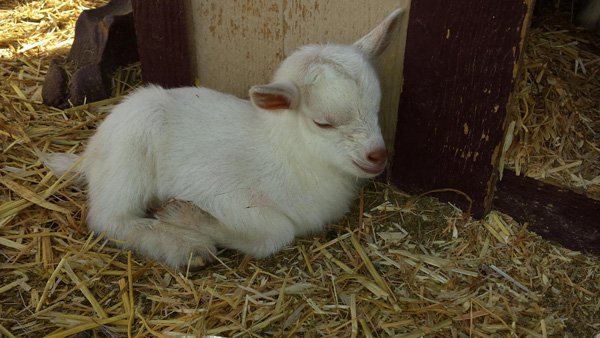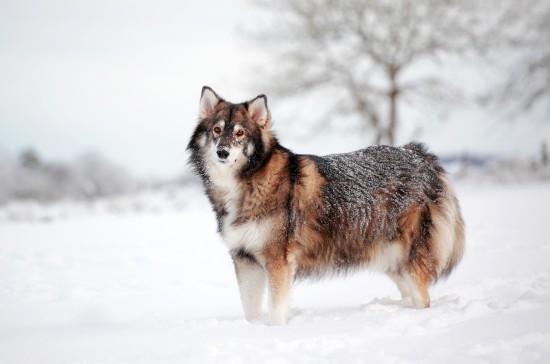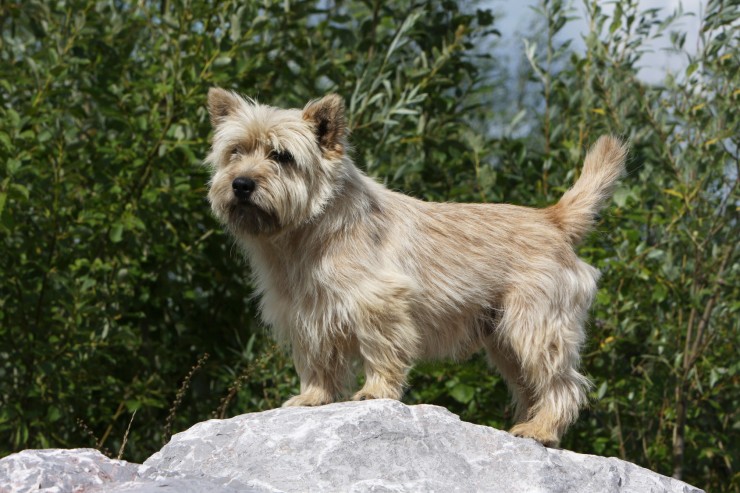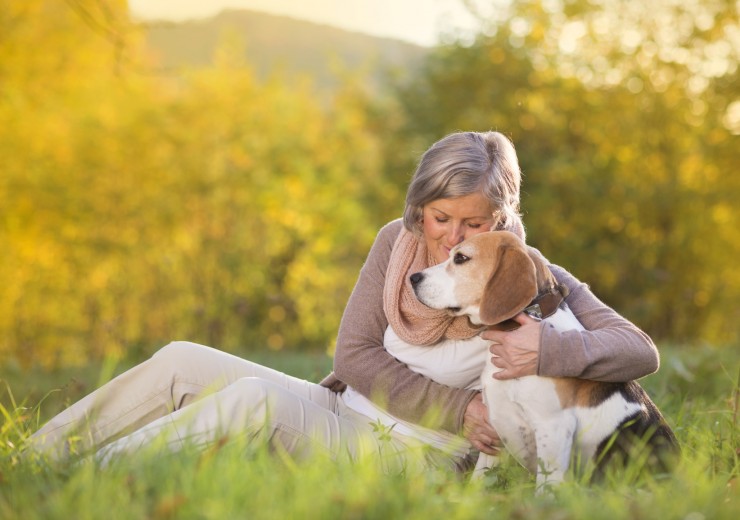
For want of a better name for this canine hair loss, alopecia X is derived from a hormonal disorder that is not considered to be life threatening.
This type of canine hair loss is known by other names, such as black skin disease, the cold funk, castration-responsive dermatosis and growth hormone responsive alopecia. It is characterized by patches of missing hair, and can progress to a total loss of the dog's coat.
The breeds most affected by alopecia X include:
Spitz, Chow Chow, Pomeranian, Alaskan Malamute, Elkhound, and the Poodle.
This disorder is most prevalent in the male canine, and often manifests by the age of three years old. The canine coat will have the appearance of being dry and lifeless. Lengthier hairs are the first to be shed. There may also be flaking of the skin.
How is it diagnosed?
Your veterinarian will conduct a battery of tests to rule out other health disorders, such as a thyroid disorder, hyposomatotrophism, Cushing's disease, or follicular dysplasia. Testing for alopecia X include a urine sample, a blood analysis, and biopsy of skin tissue.
Treatment for canine hair loss:
Alopecia X can be treated by spaying or neutering your dog if the disorder is found to be of hormonal origin. In addition, the drugs methyltestosterone or lysodren can be administered.
Oral doses of melatonin can be given every twelve hours as well, and is available as an over-the-counter supplemental nutrition.
Your vet will determine the appropriate course of treatment once diagnosis has been determined.
Trilostane, which interferes with the synthesis of 3beta-hydroxysteroid dehydrogenase, has shown to be every effective in the treatment of alopecia X, which stimulated hair regrowth in dogs diagnosed with canine hair loss. There are no side effects attributed to the use of this medication.
Management:
Dogs diagnosed with alopecia X are prone to extreme temperatures of heat and cold. Getting a doggy shirt of some kind to protect the skin while outdoors will prevent further damage to the skin.
Regular baths and brushing of the coat will increase circulation to the skin and aid in hair regrowth.
It is quite possible that alopecia X is not just one disease, but may be a culmination of two or more conditions that can cause canine hair loss.
If your dog is showing signs of alopecia X, a visit with your veterinarian will define the cause and the appropriate treatment will be prescribed.
Jared Wright is the marketing manager of Clivir.com - A free learning community site where you can learn more about female hair loss. You can follow the links to find more related articles such as women and hair loss and female thinning hair.
 For the Love of Fresh Eggs Build the Best Chicken Run
For the Love of Fresh Eggs Build the Best Chicken Run
For the Love of Fresh Eggs Build the Best Chicken Run
For the Love of Fresh Eggs Build the Best Chicken Run
 Some Frequently Asked Questions About The Utonagan Dog Breed
Some Frequently A
Some Frequently Asked Questions About The Utonagan Dog Breed
Some Frequently A
 Some Tips To Make Your New Dog’s First Month With Your Easier
Some Tips To Make
Some Tips To Make Your New Dog’s First Month With Your Easier
Some Tips To Make
 Grooming And Caring For The Cairn Terrier
Grooming And Cari
Grooming And Caring For The Cairn Terrier
Grooming And Cari
 5 Great Dog Breeds To Share Your Retirement Years With
5 Great Dog Breed
5 Great Dog Breeds To Share Your Retirement Years With
5 Great Dog Breed
Copyright © 2005-2016 Pet Information All Rights Reserved
Contact us: www162date@outlook.com